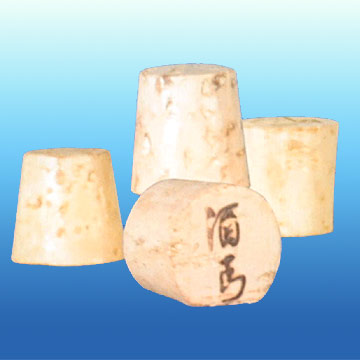DICTATIONS 7,8,9 (SECOND SENIORS)

The Swinging Sixties
The sixties refers to the decade which started on January 1st, 1960, and ended on December 31st, 1969. The term also refers to an era more commonly called ‘The Sixties’, in which a social, political and economic upheaval took place in Europe , the USA and parts of Asia, especially Japan. It is called the swinging sixties because of the libertine attitudes and tendency to drug abuse that emerged at this time. especially among young people, like the hippie movement.
In the 1960s, skirts got shorter, hair got longer, and for the first time in the 20th century, pop music became a driving force in society. This was especially true in Britain, home of The Beatles, whose songs provided a soundtrack to the era. England’s capital teemed with artists, models, pop stars, photographers, fashion designers, and hairdressers, all dedicated to the creation of new styles for the young. The fashions they set caught on all over the world, and also their message that life could be a party. The biggest sensation was caused by the outrageously short mini-skirt. It was made popular by hip models such as Twiggy. Pale lipstick and black eyeliner for girls were vital for the Sixties look.

Marijuana
Marijuana is a complex type of drug, which is obtained from the hemp plant, but unlike other well-known drugs, it is not recognised as a medicine. It is a psychoactive narcotic, extracted from the cannabis plant, which is either smoked or eaten, and has been used since ancient times. Known as marijuana in the Western Hemisphere, it is called kief in North Africa, charas in India and hashish in Egypt.
Marijuana affects the central nervous system. Many people who are emotionally unstable can become marijuana users. It has different effects on different people, such as thirst, hunger, a craving for sweet foods, irritability, talkativeness, fear, depression, mental confusion and even delirium. Its use is forbidden by many countries all over the world, and can lead to stronger drug addiction. Some young people smoke it because of peer pressure or because they see others do it. Some of the short-term effects are memory and learning problems, distorted perception, trouble with thinking and problem-solving and loss of motor coordination. It affects judgement and decision-making, which could lead to risky sexual behaviour in teens, exposing them to sexually transmitted diseases, such as Aids.



Cork
How many times have you opened a bottle of wine, sniffed the cork, and promptly thrown it out? Just what is that thing made of, and why is it used instead of rubber or screwcaps ?
Cork is the outer bark of the cork oak tree. Two-thirds of the world’s cork supply comes from Spain and Portugal, where the cork oak is cultivated extensively. The older the cork tree, the more cork it produces. Some trees grow to be 170 years old. The purpose of using cork to seal bottles is to prevent oxygen from getting in.
The cork oak grows from 6 to 12 metres tall, and can measure as much as one metre in diameter. The bark of this tree is usually first stripped when the tree is about 20 years old. This doesn’t injure or kill the tree; instead, the stripping actually benefits it. The bark is dried in strips for about 6 months, boiled for about 90 minutes, then dried again for three weeks. Finally, the cork is cut up into the shapes we are familiar with. About nine years later, another stripping is taken. The cork obtained from these two first strippings is coarse and tough. Later strippings, which are made about nine years apart for about a hundred years, give a cork of a finer quality.
0 comentarios